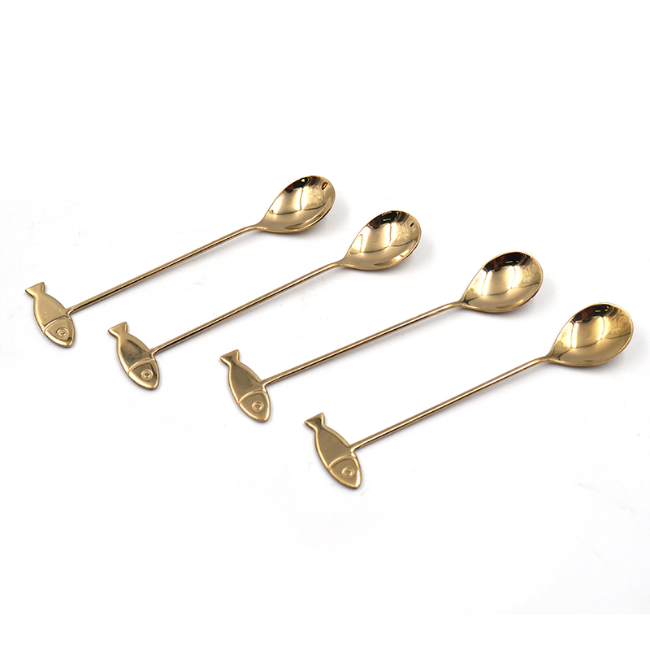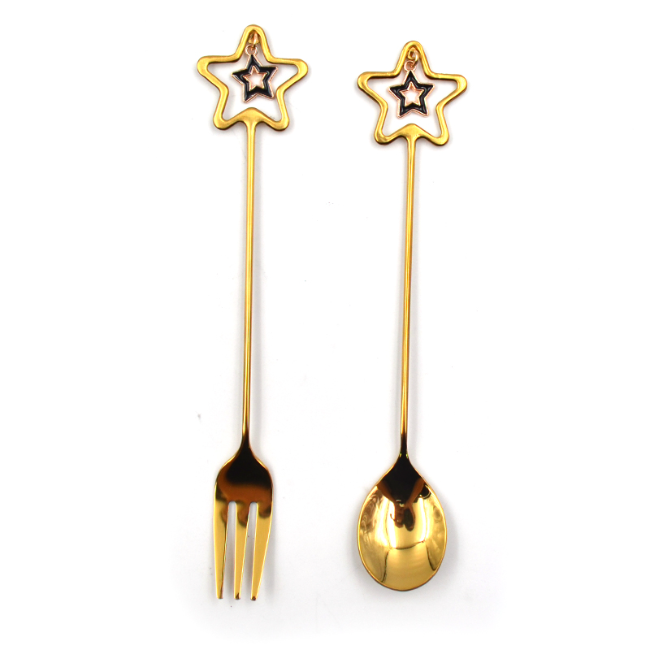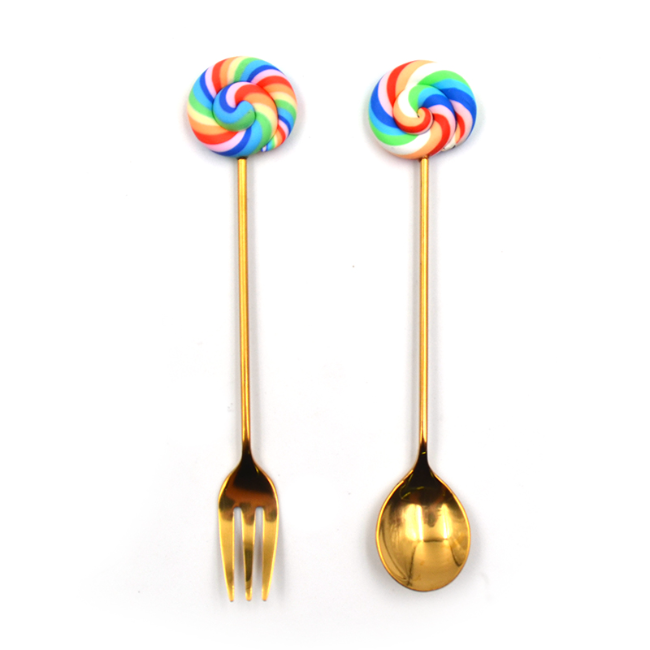
29 May
How Long Does It Take for Compostable Cutlery to Decompose?
How Long Does It Take for Compostable Cu...
How Long Does It Take for Compostable Cutlery to Decompose?
In an era where sustainability is paramount, compostable cutlery offers an eco-friendly solution to reduce the environmental impact of disposable utensils. As the demand for sustainable products grows, many people are wondering: how long does it take for compostable cutlery to decompose? In this article, we will explore the decomposition timeline of compostable cutlery, the factors that influence it, and how it compares to other types of cutlery like knife block set stainless steel, sabre flatware, and tv knife.
1. What is Compostable Cutlery?
Compostable cutlery is made from plant-based materials such as cornstarch, sugarcane, or bamboo. Unlike plastic cutlery, which can linger in the environment for centuries, compostable cutlery is designed to break down quickly and safely in composting environments. When disposed of correctly, compostable utensils are biodegradable and will decompose into natural components, enriching the soil instead of polluting it.
Materials commonly used for compostable cutlery include:
PLA (Polylactic Acid): A biodegradable plastic made from renewable plant sources such as corn starch.
Sugarcane Bagasse: The fibrous byproduct of sugarcane processing, used to make sturdy, biodegradable utensils.
Bamboo: A fast-growing, renewable resource often used for disposable cutlery.
2. The Decomposition Process of Compostable Cutlery
The decomposition of compostable cutlery depends on various factors, such as the material used, environmental conditions, and whether the cutlery is disposed of in a commercial composting facility or at home.
PLA-based Cutlery: PLA-based cutlery typically decomposes within 3 to 6 months in industrial composting conditions. However, if left in a landfill or the wrong environment, it may take much longer.
Sugarcane Bagasse Cutlery: Bagasse cutlery is highly biodegradable, breaking down within 30 to 90 days in a composting environment. The process is faster if the temperature and moisture levels are optimal.
Bamboo Cutlery: Bamboo cutlery is one of the fastest to break down, often decomposing within 2 to 3 months, provided it is in the right conditions.
The rate of decomposition depends on the composting process, which requires the right balance of moisture, heat, and oxygen. For example, commercial composting facilities provide an environment where compostable cutlery decomposes rapidly, whereas composting at home may take longer.
3. Comparing Compostable Cutlery to Other Cutlery Options
While compostable cutlery is a fantastic eco-friendly choice, it doesn’t have the same durability and longevity as traditional cutlery. Let’s compare compostable utensils to some common kitchen cutlery items such as knife block set stainless steel, sabre flatware, and the highly sought-after tv knife.
Stainless Steel Cutlery (e.g., knife block set stainless steel): Stainless steel cutlery is durable, resistant to corrosion, and can last for years. While not biodegradable like compostable options, it is reusable and highly durable, often passed down through generations.
Compostable Cutlery: Compostable cutlery, though much more environmentally friendly, isn’t built for long-term use. It’s designed to be used once and disposed of, whereas stainless steel can withstand repeated use without degrading.
Saber Flatware: Saber flatware, typically made from stainless steel or other high-quality materials, offers excellent durability and elegance but does not decompose. It is a long-lasting investment for those who prefer traditional, high-quality cutlery.
TV Knife: A TV knife is a type of knife designed for specific tasks such as cutting while watching television. It often incorporates unique materials for durability but may not have the same environmental benefits as compostable options.
4. The Role of Homefelt in Compostable Cutlery Production
Homefelt is dedicated to producing high-quality, sustainable cutlery. Whether you're purchasing eco-friendly compostable cutlery or traditional stainless steel knives like the knife block set stainless steel, Homefelt offers products designed to meet the needs of the modern consumer. Their commitment to sustainability and quality ensures that every product they produce can stand the test of time.
5. Conclusion
Compostable cutlery offers a great alternative to traditional disposable utensils by breaking down quickly and enriching the soil. Depending on the material, it can take anywhere from 30 days to 6 months to decompose in the right conditions. While knife block set stainless steel and sabre flatware offer longevity and durability, compostable cutlery is a key component in the movement towards sustainability. Homefelt's range of cutlery offers a perfect balance of eco-friendliness and craftsmanship, ensuring you can make responsible choices without compromising on quality.





